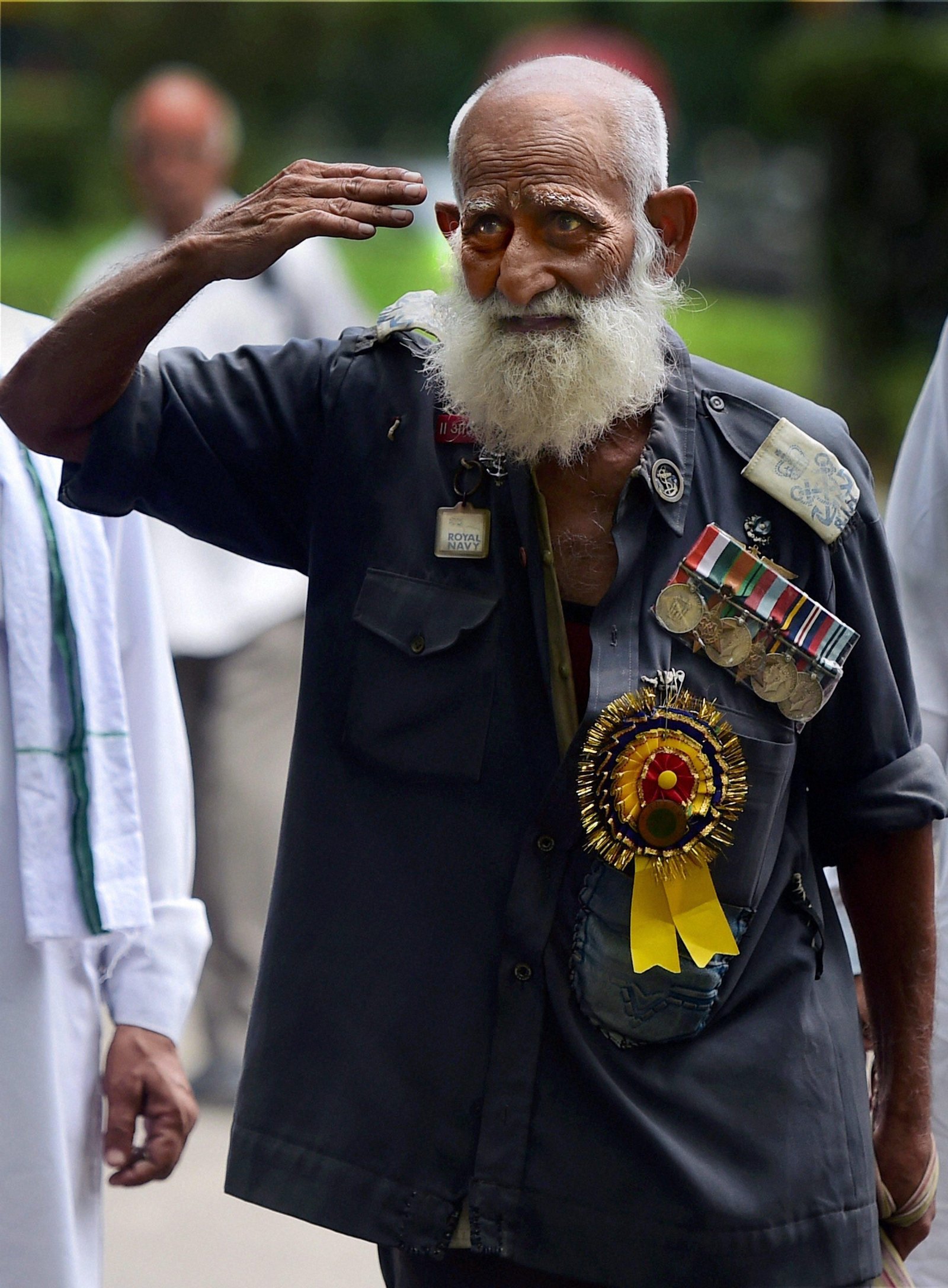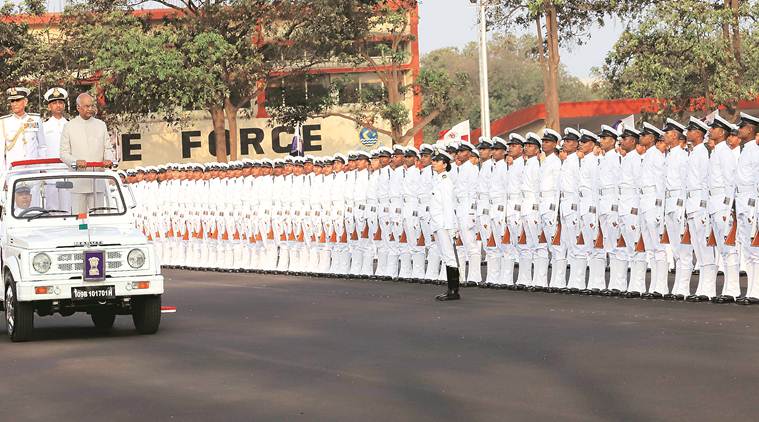Little has been done to honour CRPF troopers’ sacrifice: Kinbattle goes ON Some families are still awaiting promised jobs after losing their sole earners. Others say memorials and parks in their name still remain on paper

K Sandeep Kumar and Hemendra Chaturvedi
letters@hindustantimes.com
Prayagraj/Agra/Bharatpur/Bhagalpur : Sanju Devi, a 24-year-old widow in Tudihar Badal-Ka-Purwa village of Uttar Pradesh’s Prayagraj district, breaks down each time someone mentions her late husband Mahesh Kumar.
Kumar, a trooper with the Central Reserve Police Force (CRPF), was one of the 40 personnel killed in the Pulwama terror attack in Jammu and Kashmir on this day a year ago.
Devi claims that many political leaders have visited her home to commiserate with her, but have done little to help her struggling family.
“The incident left us devastated. My two sons Samar, 6, and Sahil, 5, are school- going but the promise of financial support for their education is yet to come. So I am teaching in a small school and meeting the expenses of their education,” said Devi.
Looking at the stone chips spread outside the house of her in-laws, Devi recalled the promises of a concrete road, a park and memorial in her husband’s name, none of which, she claimed, have materialised.
Responsibility for the suicide car bombing in Pulwama on a CRPF truck was claimed by the Jaish-e-Mohammed and sparked retaliatory air strikes by India on a JeM camp in Pakistan and pushed the subcontinental rivals to the brink of an armed conflict. Victims of the terror attack were hailed as martyrs.
“I wanted a small function to mark the day of my husband’s martyrdom but the memorial and the park are yet to come up. So we plan to offer floral tributes to his photograph and remember him,” Devi said. Kumar’s mother Shanti Devi, 43, said the government job promised for her younger son Amresh hasn’t materialised either. “He has completed his graduation and is unemployed. Neither my husband nor I get any pension,” she added. The promises of 1.5 acres of land and a gate to honour Kumar have also not been fulfilled.
The story is repeated by families of many of the 40 men killed in what was Kashmir’s deadliest single terror attack in three decades of militancy. Some families are still awaiting promised jobs after losing their sole earners. Little has been done to honour the sacrifice of the men, they complain.
In Agra, the family of Kaushal Kumar Rawat say they did receive the ₹25 lakh promised by the state government; a job that was offered to the family was put on hold as the younger son, Vikas, is yet to graduate. Even so, the family is upset. The reason: a local memorial misspells Rawat’s name, which is engraved in small font and is dwarfed by the names of the panchayat chief and other leaders, spelt out in larger lettering.
“Local leaders have insulted the name of my husband by mentioning his name in small,” said his wife Mamta Rawat.
In Bihar’s Bhagalpur, Ram Niranjan Thakur, father of the late Ratan Kumar Thakur,is upset that a gate in the honour of his son is far from being completed. The family has received financial assistance, and his younger son has a job in the Panchayati Raj department but the promise of an apartment is yet to be kept.
The family of CRPF trooper Jeetram Gurjar in Rajasthan’s Bharatpur received ₹25 lakh from state and CRPF but is awaiting a government job . “Two Rajasthan ministers said the government school in the village will be named after Jeetram but the promise remains unfulfilled,” said his father Radhe Shyam.
However, some families are happy with what they received. In Uttar Pradesh’s Shamli district, Naveen Kumar, the brother of CRPF trooper Pradeep Kumar, said the state government and the CRPF stayed true to their word.
“The state government disbursed ex gratia of ₹20 lakh and all dues and pensions were cleared by CRPF,” said Naveen Kumar, a resident of UP’s Shamli district. Pradeep Kumar’s son Siddharth is only 18 and in college. An extension of three years has been sought for him to apply for a job on compassionate grounds.
(with inputs from Suresh Foujdar, S Raju, Avijit Biswas)





























































































































